North Korea’s Rising Status Within the China-Russia Axis Poses Diplomatic Challenges for South Korea and Japan Amid ‘New Cold War’ Dynamics
Input
Changed
Pyongyang elevated in the trilateral alliance
‘Gray zones’ have disappeared over the past decade
Economic and military blocs gaining strength
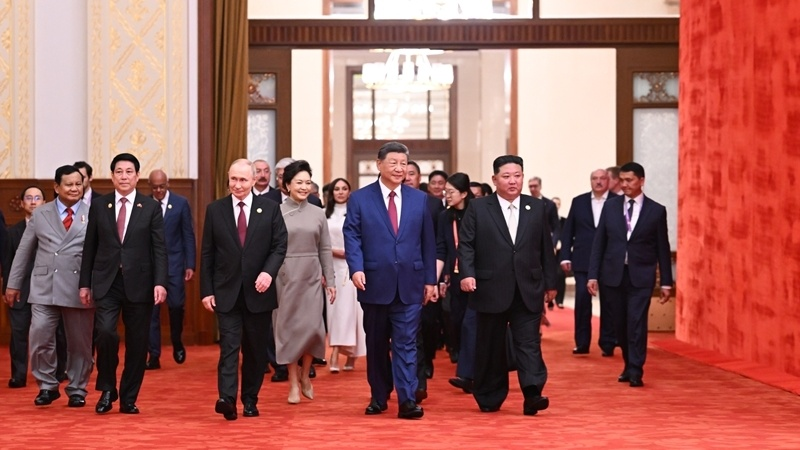
China, North Korea, and Russia showcased their military alliance during the 80th anniversary celebration of China’s victory in World War II. At the event, North Korean leader Kim Jong Un was given special treatment by Chinese President Xi Jinping, underscoring North Korea’s emerging role as a “forward military outpost.” The scene stood in stark contrast to Kim’s peripheral standing during his visit to China just a decade ago, crystallizing the reality of a “new Cold War.”
A deepening strategic alliance
According to Eurasian Times on September 4, diplomats increasingly view China, Russia, and North Korea as moving into a new phase of strengthening their united front. Russia and North Korea signed a mutual defense treaty in June, pledging military support, while China and Russia have bolstered ties through energy trade. The repeated summits among the three leaders are widely interpreted as a process of institutionalizing a quasi-alliance in political and security spheres.
The military parade in Beijing on September 3, commemorating the 80th anniversary of China’s World War II victory, vividly symbolized this unity. Xi Jinping, Russian President Vladimir Putin, and Kim Jong Un marching side by side sent a clear signal that the three countries share strategic objectives beyond simple convenience. Foreign media outlets described it as “the opening shot of a new military bloc.”
This cohesion is sharpening a confrontation with the United States and NATO. Analysis by the International Institute for Strategic Studies (IISS) notes that NATO maintains superiority in advanced air power such as carriers and fighter jets, while China, Russia, and North Korea hold the edge in troop numbers and nuclear weapons. Submarine forces are roughly on par. The U.S. Defense Department has long warned that China’s shipbuilding capacity outpaces America’s by 200 to 1, accelerating Washington’s pivot to the Pacific and a broader arms buildup.
What stands out is North Korea’s newly elevated role within the trilateral alignment. Pyongyang is now described as a “comrade in socialist revolution,” recognized as a top-tier strategic partner. At a recent summit, China and North Korea declared themselves a “community of destiny,” tightening political and military bonds. Xi Jinping’s overt gestures of respect toward Kim underscored that ties once strained by Pyongyang’s closeness to Moscow have now been firmly restored.
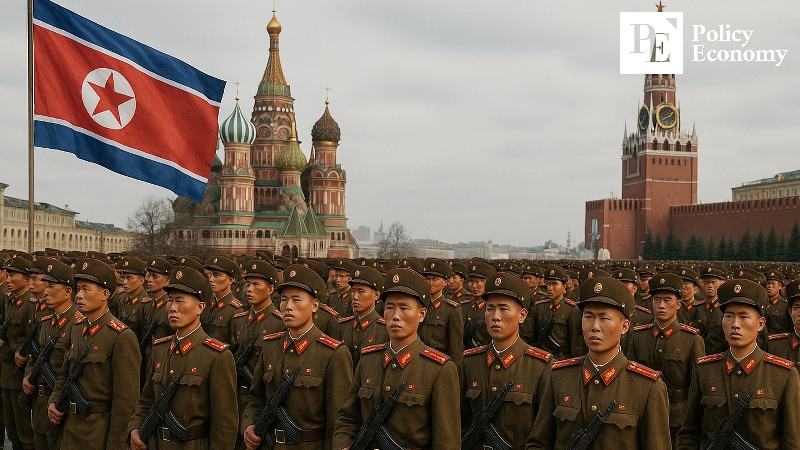
Signs of an entrenched bipolar order
Just ten years ago, Beijing balanced its strategy by keeping Pyongyang at arm’s length while cultivating cooperation with Seoul. When former South Korean President Park Geun-hye attended China’s 70th Victory Day event in 2015, she was treated as a guest of honor, while North Korea sent only a mid-ranking official, Choe Ryong-hae, who was sidelined in the protocol. That “ambiguous triangle” has since disappeared, replaced by a North Korea far more central to China’s diplomacy.
At the same time, bloc-building has accelerated beyond the China-Russia-North Korea camp. The U.S. and NATO codified a framework for deterring both China and Russia in strategic documents published in 2022, linking Europe with the Indo-Pacific. A year later, the Camp David summit between the U.S., South Korea, and Japan institutionalized annual trilateral summits, missile warning data sharing, and expanded joint drills. Japan revised its security strategy to embrace “counterstrike capabilities,” while also deepening interoperability through AUKUS with the U.S., U.K., and Australia. South Korea has likewise tied economic security issues—including semiconductors, batteries, and supply chains—into alliance structures, aligning more closely with Washington and Tokyo across military and industrial domains.
Diplomats broadly agree that the “gray zones” of the past decade have vanished. North Korea, China, and Russia are focused on projecting internal unity, while the U.S., Japan, South Korea, and NATO are normalizing interoperability. This shift points to an all-encompassing competition extending beyond military affairs into technology, finance, and energy.
Seoul and Tokyo face tougher strategic choices
Against this backdrop, Japan has moved quickly to reinforce its security networks. Leading newspapers including Asahi and Yomiuri reported that Tokyo is actively pursuing regional security partnerships beyond reliance on Washington. Chief Cabinet Secretary Yoshimasa Hayashi pledged to “strengthen intelligence gathering and analysis on regional security,” while foreign and defense officials accelerated talks with Australia, South Korea, and the Philippines. The calculus is that North Korea, China, and Russia together constitute a direct threat, demanding self-reliant measures in addition to U.S. deterrence.
Tokyo’s greatest concern, however, is the posture of the United States. The Trump administration has downplayed alliance priorities in favor of a more nationalist agenda, raising questions about U.S. reliability in Asia’s multilateral security frameworks. Indian Prime Minister Narendra Modi’s pushback against U.S. tariff policy by attending the Shanghai Cooperation Organization summit, as well as speculation that Trump may skip this fall’s Quad summit in India, have reinforced those doubts. Japan sees Washington’s wavering leadership as the most unpredictable factor in countering the trilateral bloc.
To fill that gap, Tokyo has launched parallel initiatives. Japan and Australia held “2+2” foreign and defense ministerial talks to showcase military cooperation. Defense Minister Minoru Kihara is arranging a visit to Seoul for bilateral defense talks, while Tokyo is also working to expand security networks that include the Philippines. Such moves signal Japan’s intent to play a more proactive role as North Korea, China, and Russia tighten their diplomatic and military coordination.
Managing ties with Beijing is another delicate balancing act. The Japanese government is seeking to arrange a summit with Xi Jinping during the APEC meeting in Korea this October, aiming to calibrate between competition and cooperation. This “two-track diplomacy”—checking bloc rivalries while avoiding outright confrontation with China—also applies to South Korea. Both Seoul and Tokyo now face the difficult task of navigating deepening military bloc dynamics while trying to manage an increasingly unstable diplomatic landscape in Northeast Asia.

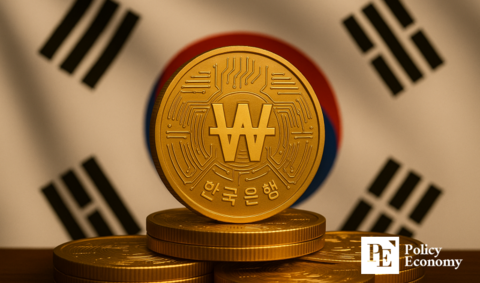
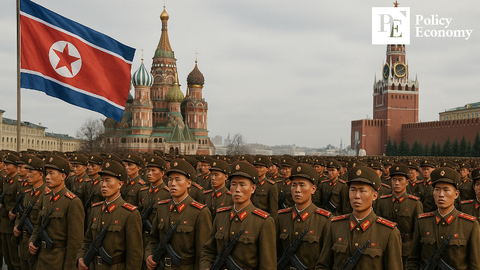
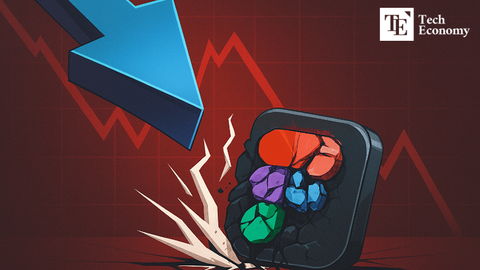

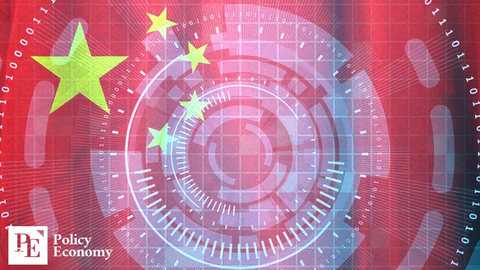


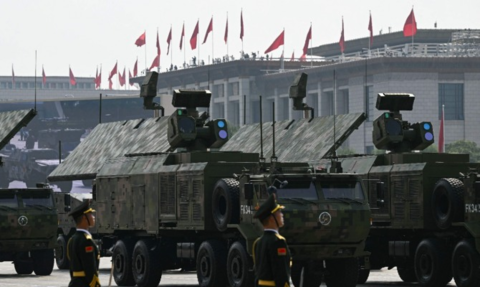
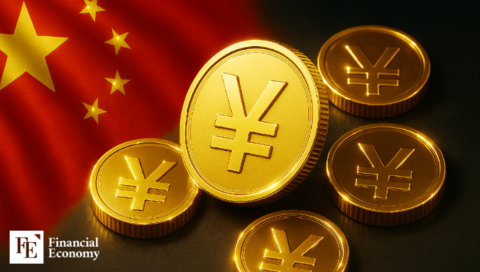












Comment